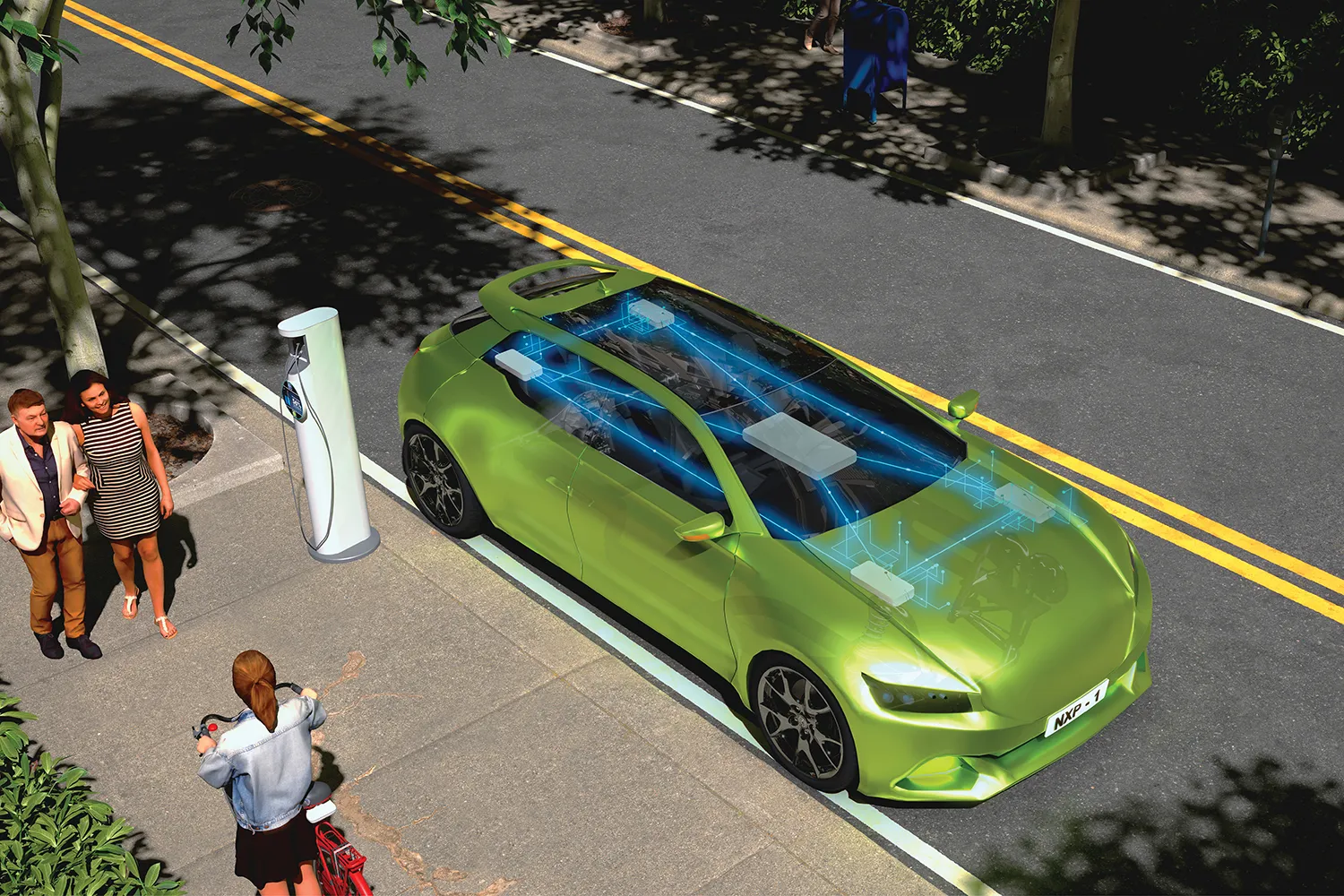The GenICam standard group has released GenApi 3.0, a new version of the reference implementation to the GenICam standard. This is a complete re-implementation and has similar advantages to the previous version. GenApi 3.0 enables loading and interpretation of the camera description file several times faster and has a much smaller memory footprint than the previous version. In addition, more platforms are now supported, in particular the ARM architecture.
June 7, 2016
Read time: 1 min

The GenICam standard group has released GenApi 3.0, a new version of the reference implementation to the GenICam standard. This is a complete re-implementation and has similar advantages to the previous version. GenApi 3.0 enables loading and interpretation of the camera description file several times faster and has a much smaller memory footprint than the previous version. In addition, more platforms are now supported, in particular the ARM architecture.
All these improvements make the standard practical for embedded use while at the same time the new release is still based on the GenApi standard 2.0 and downward compatible.
GenApi 3.0 can be downloaded from the









